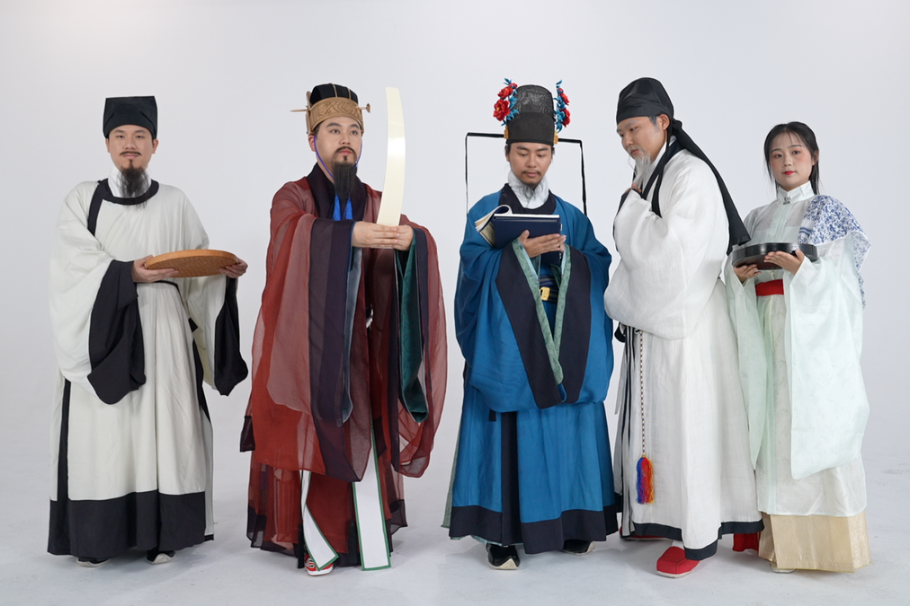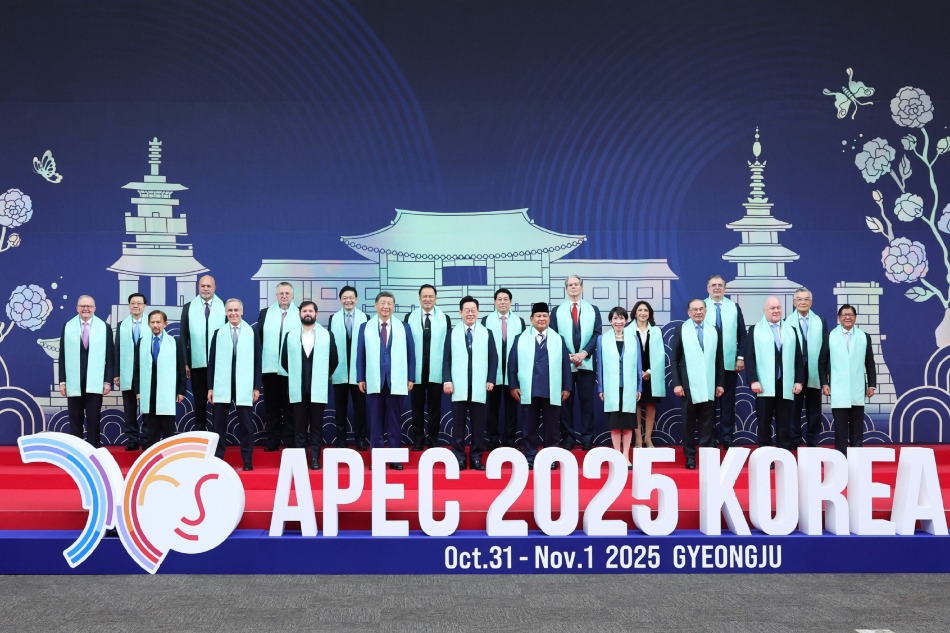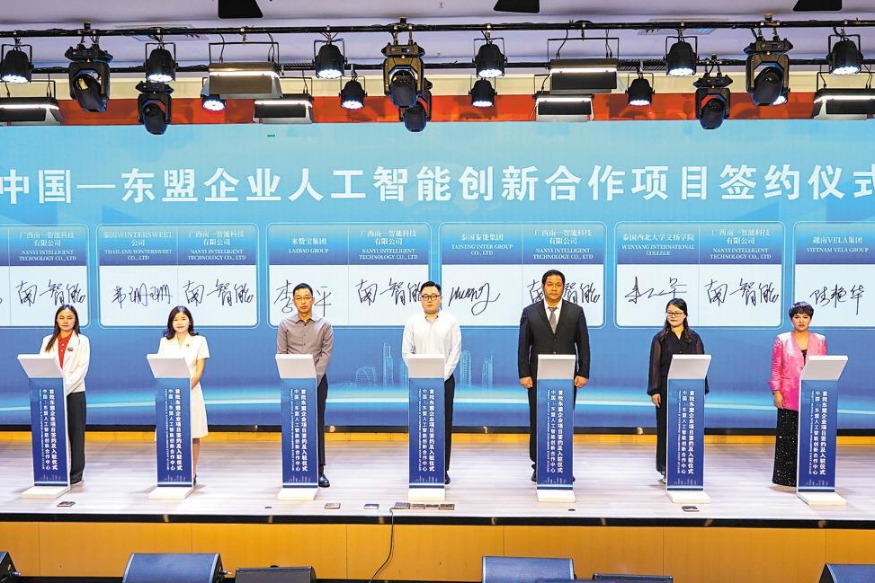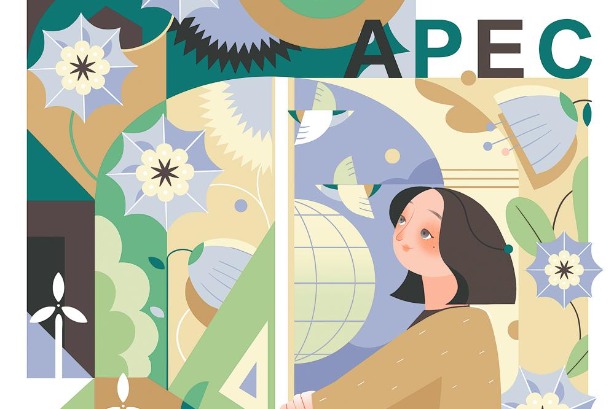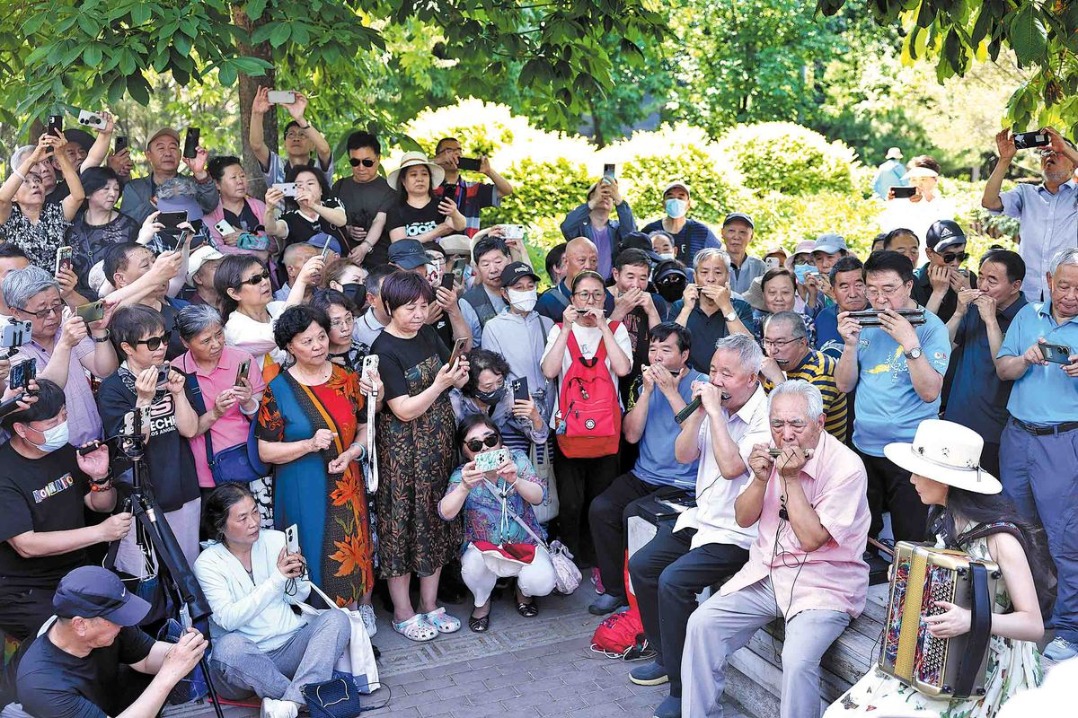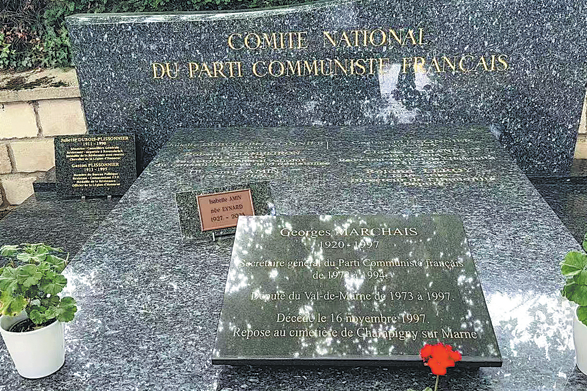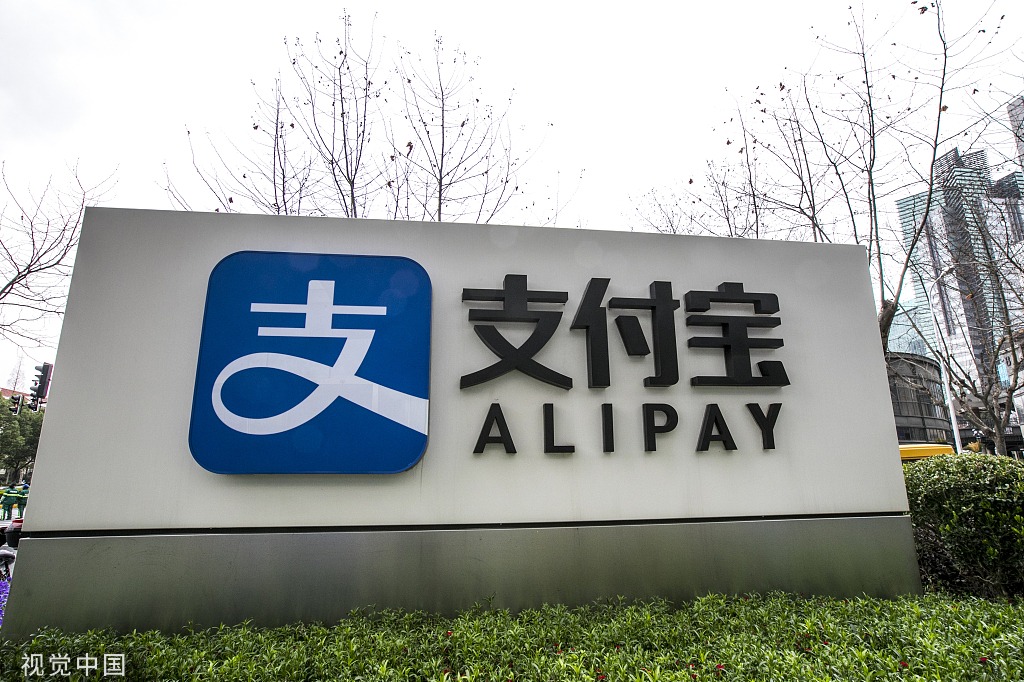Experiencing the Greater Pearl River Delta during early years of development

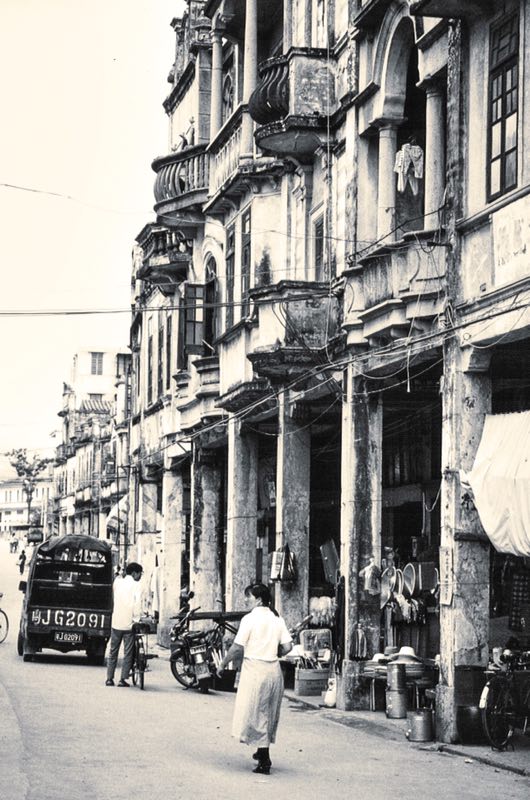
Regularly I would walk the iconic "Sino-Portuguese" commercial streets of older Taishan, constantly fascinated with what my friends saw as "everyday". We would climb the hills surrounding the city where tea bushes grew, visit temples hidden on the slopes or retreat to a lakeside teahouse enjoying its soporific tranquility - the sun setting over the waters surrounded by palm trees limp in the sultry air. This was a China I grew to love.
It was in Taishan I increasingly appreciated the linguistic diversities of China and why Standard Chinese, "putonghua", is so strongly encouraged nationwide. Taishan City has its unique Taishanese dialect, part of the Yue linguistic branch of Chinese that includes Cantonese. Until recently it was the form of Chinese most commonly heard in American cities such as San Francisco. Beyond the urban fringes, putonghua was little understood as I discovered waving down a rural bus and explaining I wanted to go Taishan, Taicheng, Toishan or even Hoisan (Taishanese)! Indeed there could even be linguistic differences between neighbouring villages. I did eventually reach the city, went into a cafe and ordered "gali ji rou fan" (curried chicken rice) in putonghua, no problem!
A reason Taishanese was common in the US it was one of the "Four Counties" ("sze yup" in Cantonese, "siyi" in Putonghua) that included Xinhui, Kaiping, Enping and Taishan, all within Jiangmen prefecture. In the 19th and early 20th century, this area witnessed sizeable emigration to the US, Canada and Australia. Some went to labor in the California gold fields or transcontinental railway construction. Working with Radio Beijing, during annual Australian Writers Weeks, I would interview Australians who traced their backgrounds to Taishan or Zhongshan. We shared our mutual fascinations. Today of course people from across China have migrated internationally with Putonghua now widely heard.

















